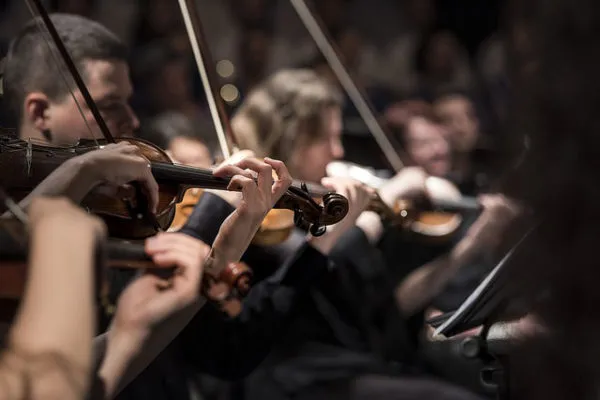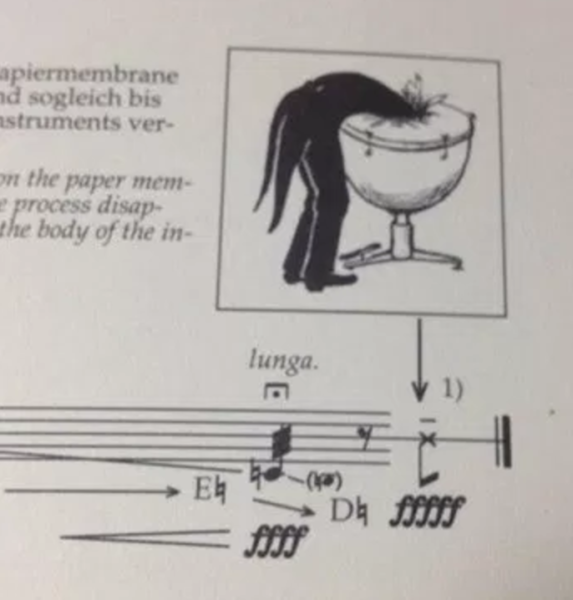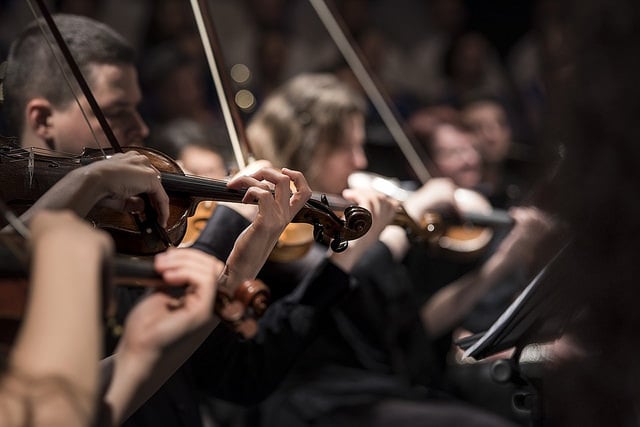
Recent worldwide hits come from pop, rock, hip-hop, electronic — anything, it seems, but classical. What stereotypes does classical music hold? Is it beautiful, euphonious, relaxing? Or is it boring, soporific, a genre reserved for older folks or very musically intellectual people? In fact, classical music can be quite unorthodox, funny, eye-opening. And yes, in some cases, these pieces can be composed by the very same people who work with the more conventional, familiar form of classical music.
Let’s take a look at some of classical music’s weirdest offerings.
- Mauricio Kagel’s “Concert for Timpani and Orchestra”
Mauricio Kagel, a well-known German Argentine composer, composed a rather hilarious piece back in 1992. His style involves introducing theatrical elements in the piece, ranging from detailed descriptions of what emotions musicians should convey on their faces to a step-by-step account of how someone in the orchestra should move. In “Concert for Timpani and Orchestra,” the timpani player uses a variety of unusual instruments, such as a bullhorn, and at one point is instructed to slap the timpani with bare hands. The funniest part, however, is the ending:

As Kagel notes, the timpani player stretches to full height before diving headfirst into the timpani.
In fact, Kagel’s instructions state that one timpani must be covered in paper instead of the usual cowhide and must be reserved for the final dive. The final note (the sound of the human body crashing into the timpani) is as loud as possible (fortissimo fortissimo). The musician must therefore exert this action with all of their energy.
https://www.youtube.com/watch?v=d6lWTpOH3q8
Perfect.
- Mauricio Kagel’s “Finale”
“Finale” was composed for a concert celebrating Kagel’s 50 years of life and was written for an indoor ensemble. A 20 minute piece, “Finale” starts off in truly classical form, but the theatrics creep in five minutes before the piece ends. Composer Kagel’s notes on the music sheet for “Finale” state very clearly:
“The conductor suddenly stiffens, as though he/she is experiencing convulsions. The right arm goes up, the shoulder rises. The left hand loosens the necktie and lightly massages the chest. The conductor grabs the music stand, then falls, the head falling towards the floor behind the conductor. As a result, the music stand should fall as well.”
The violin player steps in as a substitute conductor for the rest of the piece while the conductor lies prone on the floor.
- John Cage’s “4’33”
John Cage, another avant-garde composer, wrote “4’33”, a famous piece that is often accompanied by classical instruments, such as a piano or a string orchestra.
There is no time limit, minimum or maximum, to this piece. The title only happened to be “4’33” because the first performance of the song lasted four minutes and 33 seconds. There are three movements in this song, but no notes or sound. The whole song is completely silent.
The thought behind this piece is not so much for it to be “empty” or devoid of notes, but to foster an appreciation of sound, such as the noise of people moving around in their seats or the sound of nature outside the concert hall. During “4’33,” these noises are not just ambient but are actually an integral part of the piece.
It does look odd, however. The performer (or performers) sits down, stays silent, then exits the stage when the piece is over.
Perhaps Cage sought to challenge our perception of music, modern or classical. We often think of music as a piece the composer deliberately planned out, in note form, or in a format that requires intentionally created sound. However, “4’33” integrates inadvertently created noise and merges them as modern music.
Contact Maimi Higuchi at maimih ‘at’ stanford.edu.
